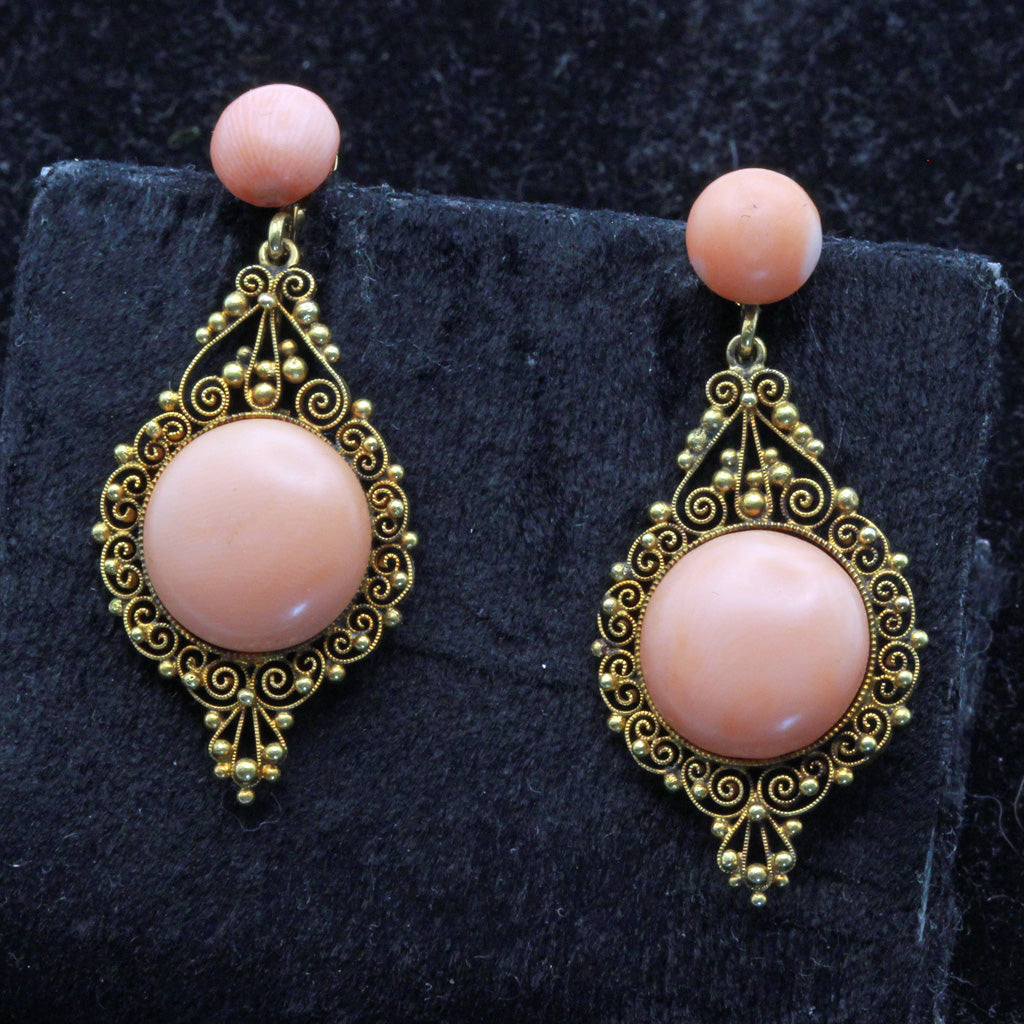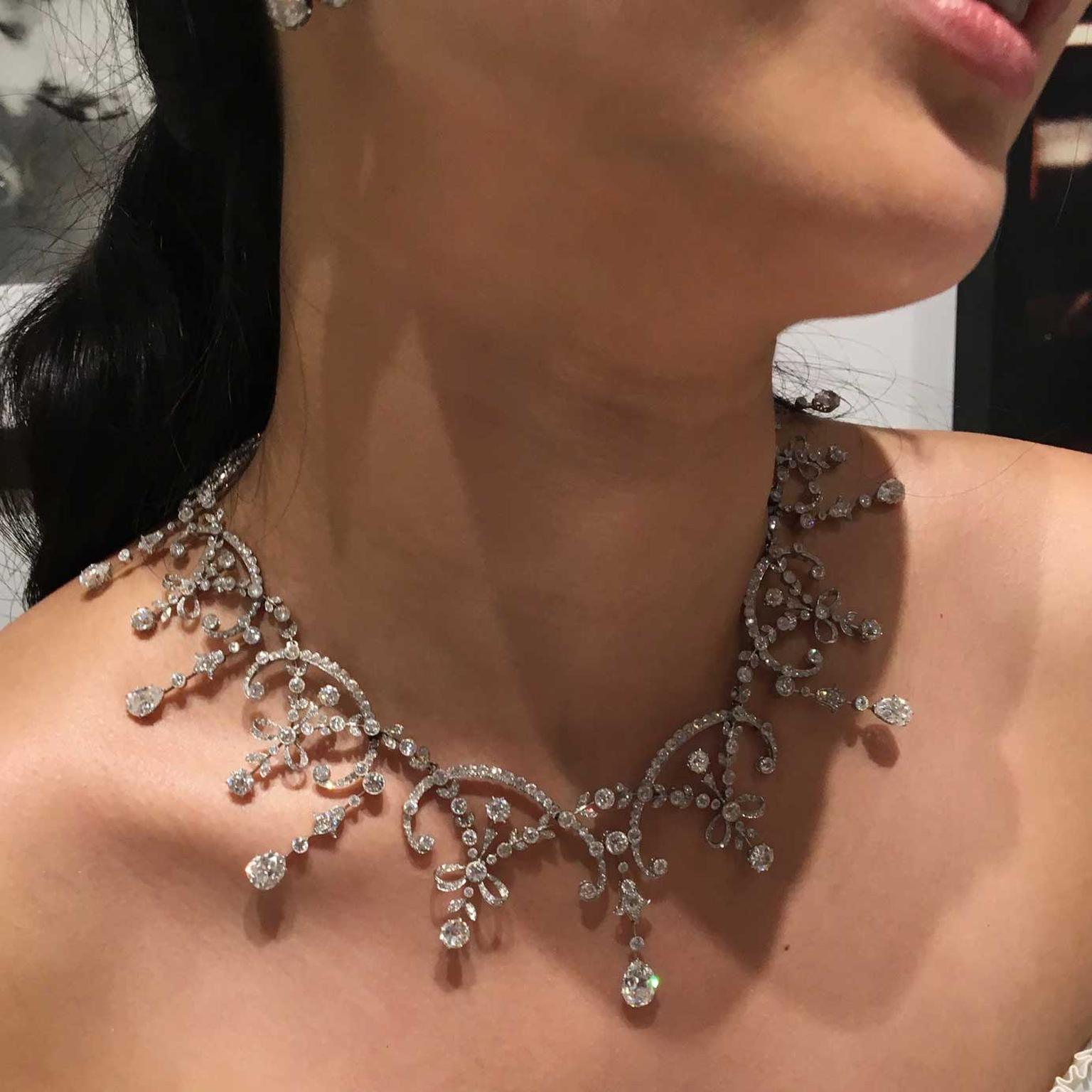Explore a high-quality selection of antique jewelry from different eras.
Explore a high-quality selection of antique jewelry from different eras.
Blog Article
The Interesting Globe of Antique Fashion Jewelry: Looking Into Its Lots Of Categories and Features
Vintage jewelry stands for an exciting crossway of virtuosity and history, encapsulating the significance of various ages with its intricate styles and products. Each category, from the charming Victorian items to the cutting-edge Art Deco creations, exposes not only aesthetic choices yet also cultural narratives of the times. Recognizing the distinguishing attributes of these items, along with their noteworthy materials and gemstones, opens a window into the past that is both informing and intriguing. antique rings austin. As we explore these facets even more, one might question what concealed stories exist within the exquisite craftsmanship of each antique jewel.
Historic Periods of Antique Precious Jewelry
Antique fashion jewelry is delicately tied to the historic durations in which it was produced, showing the artistic trends, social worths, and technical improvements of those times. The development of fashion jewelry design can be mapped with different popular eras, each noted by unique styles and products.
The Georgian era (1714-1837) is identified by complex styles and making use of all-natural themes, commonly including gems such as garnets and diamonds. antique engagement rings austin. Following this, the Victorian period (1837-1901) saw the intro of sentimental precious jewelry, with layouts that usually communicated personal definitions, such as lockets and grieving pieces
The Edwardian period (1901-1910) accepted elegance, using platinum and delicate lacework work, while Art Nouveau (1890-1910) concentrated on organic forms and making use of enamel, reflecting the influence of nature.
The Art Deco duration (1920s-1930s) introduced geometric forms and strong shades, showcasing developments in workmanship and materials. Each of these ages not just highlights the creative innovation of its time however also acts as a representation of the social and cultural shifts that affected the world of precious jewelry. Understanding these historical contexts improves the gratitude of antique jewelry today.
Trick Qualities to Identify
When reviewing antique precious jewelry, a number of crucial features can assist determine its age and credibility. First, the products used are vital; items from various ages usually feature certain steels and gems. For instance, Victorian precious jewelry often integrates gold, while Art Deco items might utilize platinum and vibrant colored stones.
Next, craftsmanship is a significant indication. Handcrafted items, common in earlier durations, show one-of-a-kind imperfections and details that mass-produced items do not have. antique jewelry. Examining the setting and stone positioning can expose indicators of handwork, such as uneven prongs or varying stone forms
In addition, hallmarks and stamps play a crucial function in authentication. Many antique pieces birth marks indicating the metal's purity and the maker's origin, which can offer important insights right into the precious jewelry's history.
Finally, layout concepts often mirror the age's visual fads. For instance, Art Nouveau is identified by streaming lines and natural kinds, while Retro precious jewelry embraces vibrant, geometric shapes. By examining these key qualities-- materials, workmanship, trademarks, and layout motifs-- collection agencies and lovers can much better identify the authenticity and historical value of antique jewelry pieces.
Popular Antique Precious Jewelry Classifications
Numerous categories of antique jewelry showcase the abundant background and varied styles that have progressed with time. Amongst the most popular classifications are Victorian, Art Nouveau, Edwardian, and Art Deco, each showing the visual fads and cultural influences of their respective durations.
Victorian jewelry, covering from 1837 to 1901, is defined by luxuriant layouts and nostalgic motifs, typically incorporating symbolism and intricate workmanship. Art Nouveau, which prospered between 1890 and 1910, stresses natural types, moving lines, and nature-inspired concepts, usually featuring enameling and ingenious methods.

Additionally, there specify categories like Georgian and Vintage fashion jewelry, each with unique qualities and historic importance. Enthusiasts and fanatics appreciate these categories not just for their beauty yet also for the stories they outline the eras in which they were produced.

Notable Materials and Gemstones
Exploring noteworthy products and gems utilized in antique jewelry discloses the complex craftsmanship and visual values of various ages. Antique precious jewelry showcases a diverse array of products, each offering unique features and relevance. Gold and silver, widespread for their malleability and gloss, have been preferred for centuries, frequently adorned with complex engravings or lacework work.
Gemstones additionally play an essential role in specifying the allure of antique items. Diamonds, respected for their brilliance, Home Page were frequently set in Victorian jewelry, highlighting both luxury and status. On the other hand, tinted gemstones such as sapphires, emerald greens, and rubies came to be symbols of love and were frequently included into detailed styles throughout the Art Deco duration.
Furthermore, much less standard products like enamel and pearls emerged, adding deepness and appearance to many designs. Enamel methods, specifically in the Renaissance, showcased vivid colors and comprehensive scenes, while pearls, fancied for their all-natural elegance, were frequently used in both necklaces and earrings.
The range of materials and gemstones in antique fashion jewelry not just mirrors the imaginative fads of the time yet also offers insight into the social and cultural values of the ages in which these items were created.
Caring for Antique Pieces
Proper care for antique jewelry is important to maintain its charm and integrity gradually. Each item tells a story, typically showing the craftsmanship of a certain period, and thus requires specialized focus.
To start, it is critical to keep antique jewelry in a regulated setting, away from direct sunshine and humidity. Regular cleansing is essential, yet must be approached with care; prevent harsh chemicals and unpleasant materials.

Specialist evaluations and maintenance can also be helpful. A professional jewelry expert can analyze for loosened rocks, damaged setups, or other concerns, ensuring the longevity of these valued things. By adhering to these treatment standards, antique fashion jewelry can stay not only a cherished heirloom but also a stunning depiction of art and background.
Final Thought
The exploration of antique jewelry exposes a diverse landscape shaped by historic eras, imaginative motions, and distinct workmanship. Correct treatment guarantees the long life of these artefacts, permitting future generations to experience the elegance and importance of antique precious jewelry.
Report this page